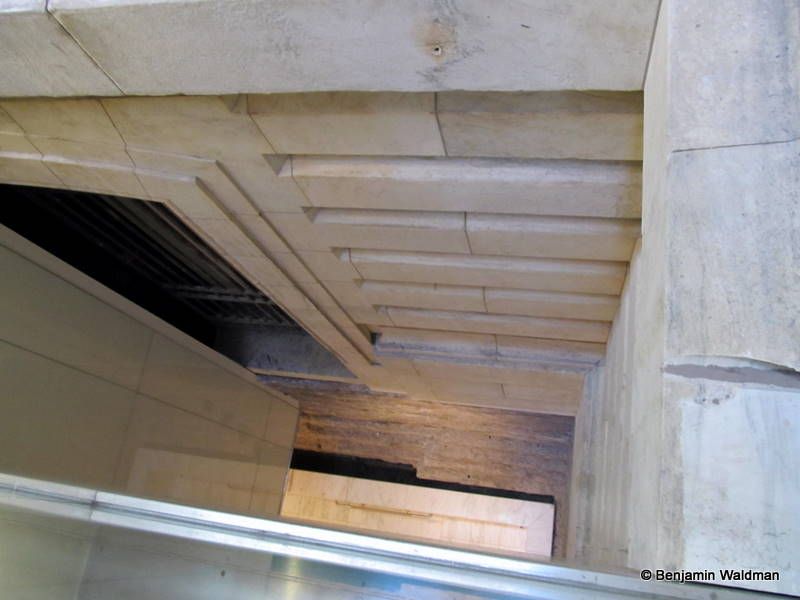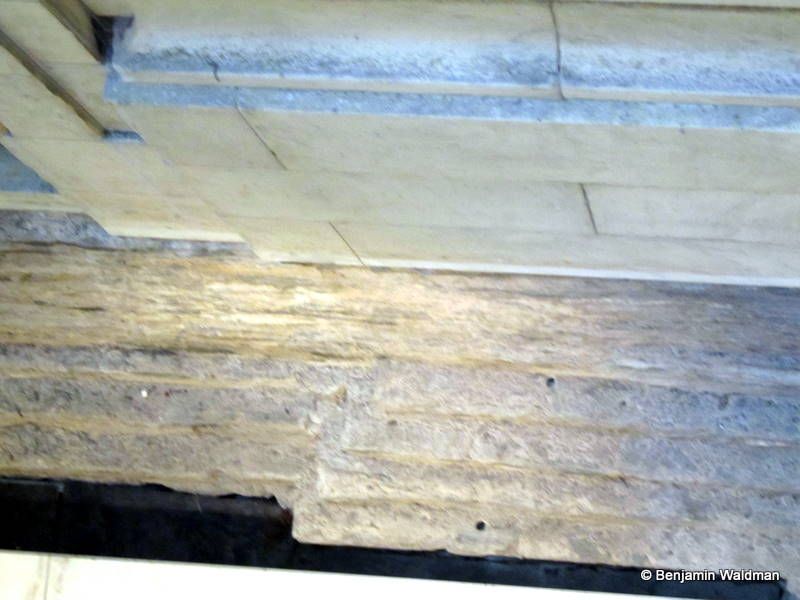Last-Minute NYC Holiday Gift Guide 🎁
We’ve created a holiday gift guide with presents for the intrepid New Yorker that should arrive just in time—


The Croton Distributing Reservoir in 1850 (Source: New York Public Library digital gallery)
On July 4, 1842 the Croton, or Murray Hill, Distributing Reservoir opened to a crowd of 20,000 people. The reservoir, which extended from 40th to 42nd Street between 5th and 6th Avenues, cost $500,000 to construct and was designed by John Jervis and James Renwick in the Egyptian Revival style. By 1877, the reservoir had become obsolete and there were immediate calls for its demolition. Its detractors, including The New York Times, called it “useless, a hideous object to the sight, and a blight upon the neighborhood.” They ignored the ramparts, which provided splendid views of the Long Island Sound and New Jersey, and the beautiful masonry work of the reservoir itself. By 1900, they had succeeded and the reservoir was demolished. The main branch of the New York Public Library rose in its place. Some of the reservoir’s foundation still remains and can be seen inside of the library.
The remnants of the reservoir today in the NYPL:


Subscribe to our newsletter